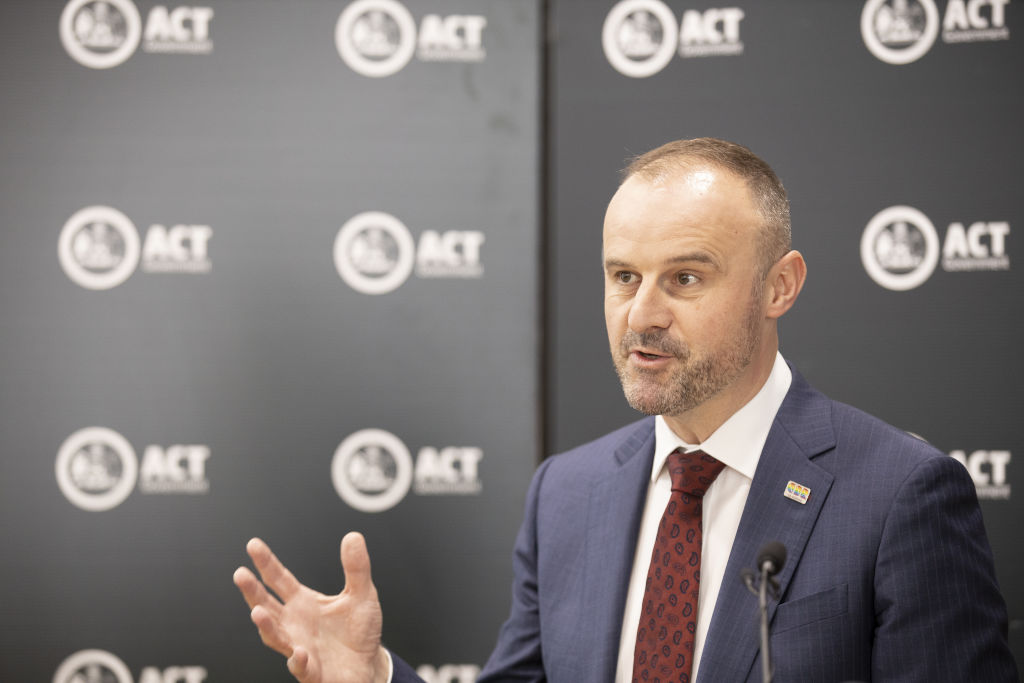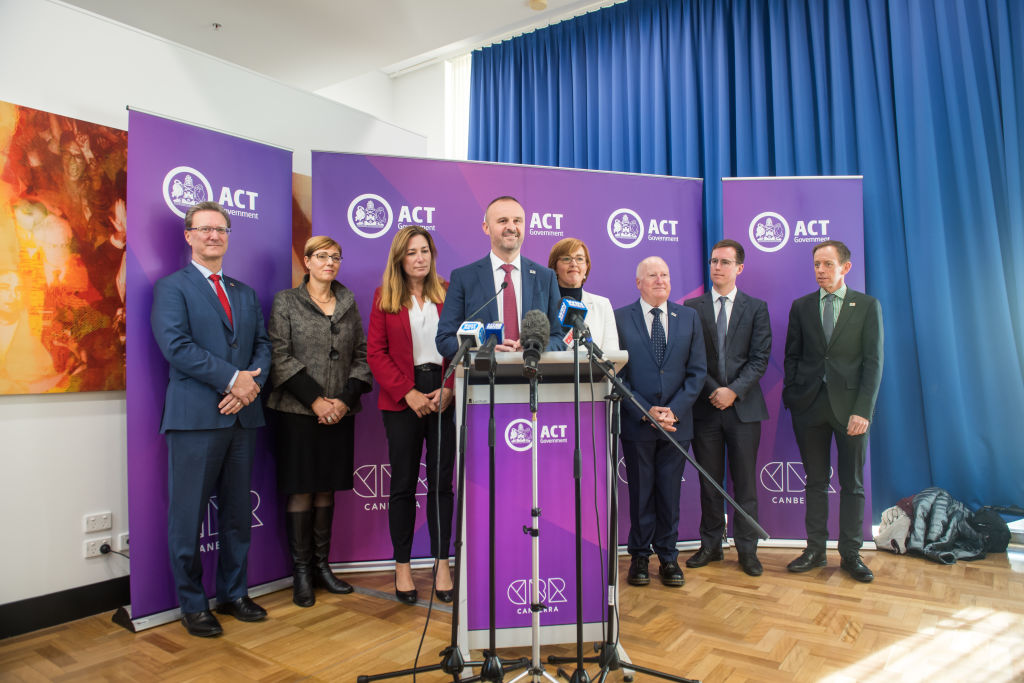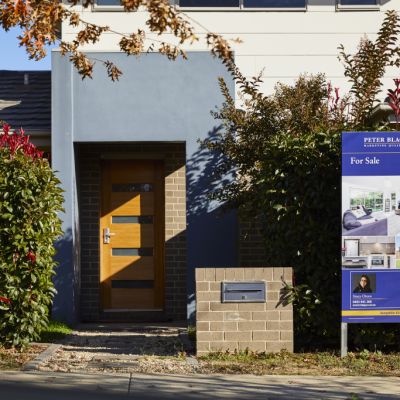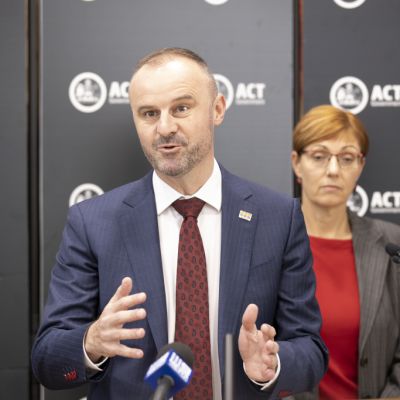How ACT home owners are affected by the ACT tax reform program: new report

It’s been eight years since the ACT government decided to phase out stamp duty as part of its 20-year plan to reform the territory’s property tax system, so how has it tracked thus far and who has benefited most from the changes?
In an ACT government-commissioned analysis, conducted by ANU and the University of Canberra, it found that the real beneficiaries of the policy were first-home buyers but, on the other hand, low-income home owners drew the short stick.
In 2012, the ACT government began phasing out stamp duty and so far stamp duty has been abolished for first-home buyers and commercial properties with a value of $1.5 million or less.
To compensate for the loss of revenue, the state government introduced higher land taxes and rates for residential and commercial property owners, despite the government – in a separate analysis – noting the high land rates had not given it any extra tax revenue.

ACT Chief Minister Andrew Barr said the aim of the tax reform was to create a more reliable revenue source through general rates to fund essential services such as hospitals and schools and respond to crises such as the bushfires and the COVID-19 pandemic.
“Inefficient taxes such as conveyance duties are gradually being phased out, with revenue being replaced by increases in general rates,” Mr Barr said.
According to an ACT Treasury report on the tax reform, the program has been broadly revenue neutral in the first seven years.
The government collected $62 million less revenue than what would’ve been collected in the absence of tax reform and accumulated $793 million in tax revenue from general rates and commercial land tax.
According to the universities’ analysis, between 2012-17, first-home owners purchased 29,281 properties under the new tax policy, an increase of 1599 when compared to the number of purchases made by first-home buyers under the old policy.

Low-income renters were also a beneficiary of the policy, which was designed to make home-ownership easier, therefore they would be exempt from paying stamp duty if they purchased their first home.
Mr Barr said the analysis showed the stamp duty reductions were helping first-home buyers and lower-income renters get a foot in the property door.
“Despite anecdotal commentary to the contrary, there was no definitive evidence that tax reform had led to higher rental prices in the ACT. In fact, that analysis found that there were more properties available to rent due to tax reform,” Mr Barr said.
However, low-income home owners benefited the least from the new tax model, the analysis found.
The impact of tax reform on the number of residential properties purchased by sub-groups, 2012 – 2018
| Sub-group | New Tax Policy – Number of purchases | Old tax policy – Number of purchases | Difference | Difference % |
| First home buyers | 29,281 | 27,682 | 1599 | 5.78 |
| Low-income home owner | 11,621 | 11,534 | 87 | 0.75 |
| Low-income renter | 3,925 | 3,727 | 198 | 5.31 |
| Middle-income home owner | 12,883 | 12,740 | 143 | 1.12 |
| Middle-income renter | 10,231 | 9,816 | 415 | 4.23 |
| Pensioner home owner | 7,340 | 7,218 | 122 | 1.69 |
| Pensioner renter | 2,397 | 2,397 | 0 | 0.00 |
| Female-headed home owner | 22,553 | 22,337 | 216 | 0.97 |
| Female-headed renter | 11,321 | 10,645 | 676 | 6.35 |
Source: Analysis of the Impacts and Outcomes of the ACT Tax Reform
“With a low income, this group will be less likely to purchase a property as they already own one. This means they wouldn’t benefit from the lower stamp duty as they aren’t purchasing another property; but as home owners would be paying higher rates,” the analysis said.
Despite this, the analysis found that all demographics of buyers, except for low-income home owners, were purchasing more properties.
“Upgraders would benefit from the lower stamp duty, which is possibly why middle-income home owners do benefit slightly from the reform, as they are the group most likely to be upsizing,” it said.
“Reducing stamp duty under the new tax policy has meant that some of the stamp duty paid under the original tax system can now be used for a deposit.”
With the existing COVID-19 pandemic-related emergency rates rebate of $150, Mr Barr said general household rates would not increase in the capital this financial year and 110,000 Canberra households would see a rates reduction.
“In the next stage of the ACT’s tax reform to now commence from 2021-22, rate increases will continue to be lower than the first two phases of reform. Average general rate increases for households and commercial properties will be capped at no more than 3.75 per cent following this financial year,” Mr Barr said.
“In developing these settings, the government is taking into account the significant impact of the ongoing COVID-19 pandemic on our economy and the need for certainty for households and businesses.”
We recommend
We thought you might like
States
Capital Cities
Capital Cities - Rentals
Popular Areas
Allhomes
More









